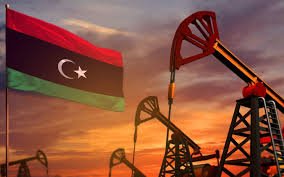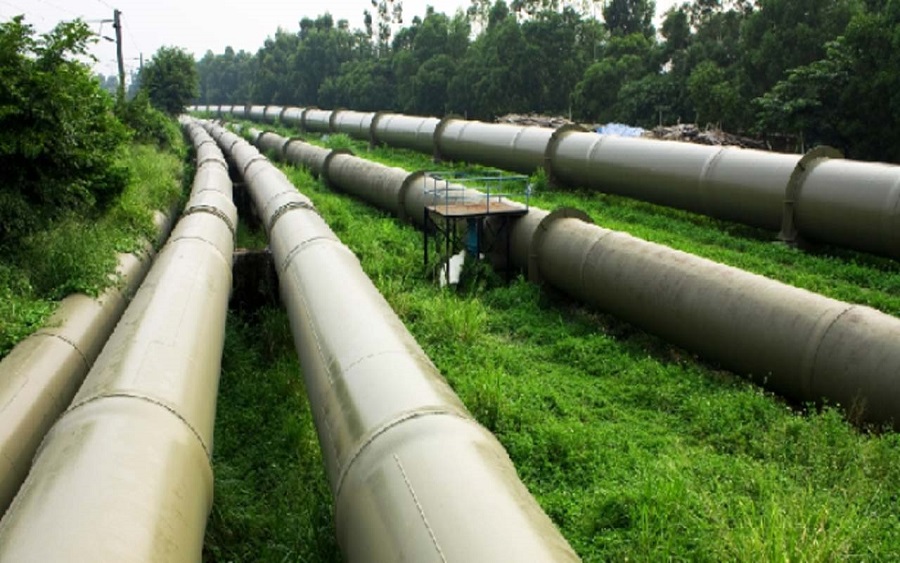Global oil firms like ExxonMobil, Chevron, TotalEnergies, and Eni have commenced active competition following Libya’s revived oil bid round, according to the chairman of Libya’s National Oil Corporation (NOC), Masoud Suleman.
Libya’s Reopening of Oil Sector
Earlier this year, Libya reopened oil and gas exploration opportunities for the first time since its civil conflict began after the fall of Gaddafi. As expected, a wide range of global energy companies have shown interest in exploring Libya’s offshore and onshore oil and gas fields, Suleman noted.
Libya has put a mix of offshore and onshore sites on the table, including fields with known but undeveloped reserves, as the national oil company believes there are vast untapped oil and gas resources still beneath Libyan soil and sea.
Libya plans to finalize agreements with successful companies before the year ends, after which successful companies will enter into production sharing deals, marking a return to exploration activities after a long pause.
Oil Firms Returning to Libyan Market
Several international firms have already begun moving back into the Libyan market following the de-escalation of tensions in the region. Last year, BP and Eni resumed operations in Libya after staying out during years of unrest after which Eni restarted drilling activity in the Ghadames Basin, working alongside BP and the Libyan Investment Authority.
U.S.-based Weatherford has also returned to provide oilfield services in Libya, ending a decade-long absence with more oil firms still expected to enter into the Libyan oil market.
Libya’s Civil Unrest
Libya’s oil exploration and production faced a major setback in 2023 following the closure of several key oilfields, including El Feel, Sharara, and Field 108.
These shutdowns, which began in mid-July and continued through late August, were triggered by tribal protests and ongoing political tensions, particularly disputes between eastern and western factions of the country. The closures led to a significant reduction in national oil output, with production falling by approximately 340,000 barrels per day, nearly half of the country’s usual output of around 1.2 million barrels daily.
By late August, the National Oil Corporation reported a 63% drop in total oil production. The decline was largely attributed to eastern authorities halting operations in a bid to exert pressure for changes in the Central Bank leadership.
Following the 2011 uprising that led to the fall of Muammar Gaddafi, Libya descended into chaos, marked by armed conflict between rival governments and militias based in the east and west of the country. However, since around 2020, there has been a notable decline in large-scale fighting, thanks to international mediation and a UN-brokered ceasefire agreement signed in October 2020. This truce helped reduce direct military confrontations and led to the formation of a temporary unity government the Government of National Unity (GNU) tasked with leading the country to elections.
However, while Libya’s civil conflict has de-escalated compared to its peak years, the path to lasting stability and national unity remains complex and ongoing.
























